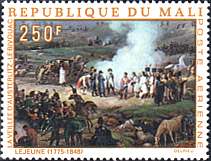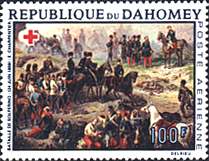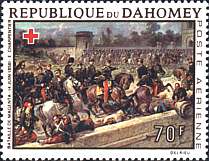|
Napoleon Bonaparte on Paintings |
|
To nobody Napoleon
I (1769-1821),
emperor of the French, who consolidated and institutionalized many
reforms of the French Revolution. One of the greatest military
commanders of all time, he conquered the larger part of Europe and
did much to modernize the nations he ruled.
Napoleon was born on August 15, 1769, in
Ajaccio, Corsica, and died in exil on the island of St Helena on May
5, 1821. Tip:
Point on the stamps with the mouse index for more information about
the works of art displayed and about the stamps.
|
|
|
|
|
Napoleon's influence is evident in France even today. Reminders of him dot Paris—the most obvious being the Arc de Triomphe, the centerpiece of the city, which was built to commemorate his victories. His spirit pervades the constitution of the Fifth Republic; the country's basic law is still the Code Napoléon, and the administrative and judicial systems are still essentially Napoleonic. Napoleon's radical reforms in all parts of Europe cultivated the ground for the revolutions of the 19th century. Today, the impact of the Code Napoléon is apparent in the law of many European countries.
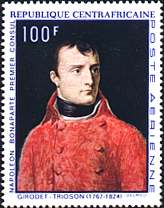 |
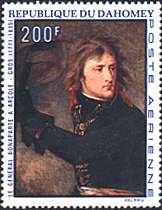 |
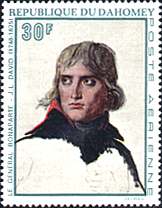 |
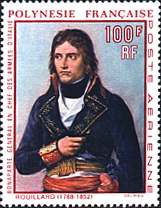 |
Napoleon was a driven man, never secure, never satisfied. “Power is my mistress”, he said. His life was work-centred; even his social activities had a purpose. He could bear amusements or holidays only briefly. His tastes were for coarse food, bad wine, cheap snuff. He could be charming—hypnotically so—for a purpose. He had intense loyalties—to his family and old associates. Nothing and no one, however, were allowed to interfere with his work.
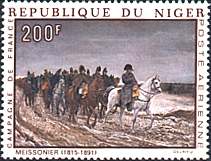 |
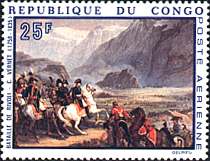
|
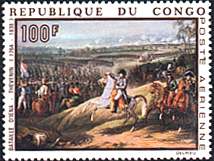
|
Napoleon was sometimes a tyrant and always an authoritarian, but one who believed in ruling by mandate of the people, expressed in plebiscites. He was also a great enlightened monarch—a civil executive of enormous capacity who changed French institutions and tried to reform the institutions of Europe and give the Continent a common law.
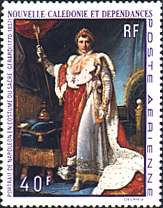 |
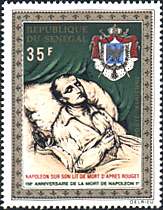 |
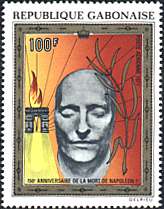 |
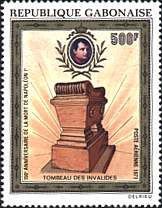 |
Few deny that he was a military genius. At St Helena, he said, “Waterloo will erase the memory of all my victories”. He was wrong; for better or worse, he is best remembered as a general, not for his enlightened government, but the latter must be counted if he is justly to be called Napoleon the Great. (After Microsoft Encarta 1996)
The stamps on this page were issued between 1968 and 1971 to commemorate the bicentenary of the birth or the 150th anniversary of the death of Napoleon I, Emperor of the French.
Link: Napoleonic Museum, Cuba
